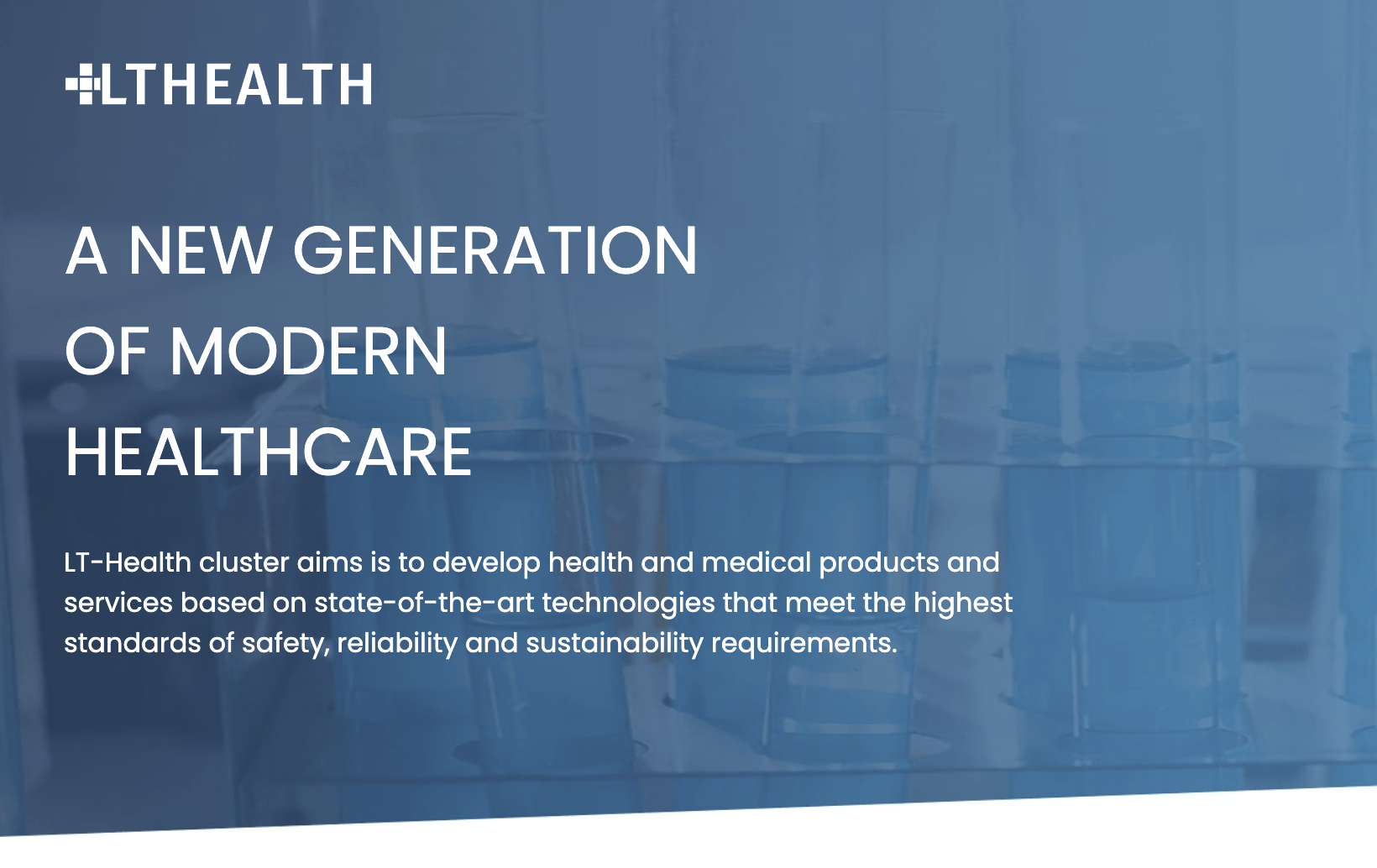
Study Title: GNRB® Knee Arthrometer: Inter- and Intra-observer Reliability and GNRB Learning Curve
DOI: 10.7759/cureus.70838
Authors: Pauline Unal, Ramy Samargandi, Antoine Schmitt, Hoel Letissier, Julien Berhouet
Affiliations: Orthopedic Surgery departments across Centre Hospitalier Régional Universitaire de Tours, Centre Hospitalière d’Amboise, and other noted institutions in France.
Introduction
Diagnosing anterior cruciate ligament (ACL) injuries accurately and consistently is challenging but crucial for effective treatment. Traditionally, ACL laxity is assessed manually through clinical tests, such as the Lachman and anterior drawer tests. However, these tests can vary in reliability, often depending on the skill and experience of the examiner. The GNRB® Knee Arthrometer, developed by Genourob, provides a mechanical alternative to these manual tests, measuring ACL laxity with higher objectivity and consistency. This study delves into the GNRB® device’s reliability across different users and explores how quickly new users can reach reliable proficiency with it.
Purpose of the Study
This study focuses on two primary objectives:
- To examine the inter- and intra-observer reliability of the GNRB® Knee Arthrometer. Specifically, it evaluates whether the device can produce consistent results across different practitioners.
- To assess the GNRB® learning curve for new users, identifying how many assessments are necessary for a beginner to achieve reliability similar to that of an experienced examiner.
The study’s findings provide insights for both practitioners and institutions considering the GNRB® as a standard tool for ACL laxity assessment.

Methods
- Participant Selection: Twenty healthy individuals with no history of knee injuries or ACL issues participated, providing a total of 20 knees for measurement. This ensured that the study started with a stable baseline for evaluating the GNRB®’s reliability.
- Examiners: Two evaluators participated: a senior orthopedic surgeon with extensive experience and a junior examiner new to using the GNRB® device. This setup allowed the study to capture both inter-observer reliability (differences between evaluators) and intra-observer reliability (consistency within one evaluator).
- Testing Procedure: The GNRB® device measured anterior knee translation using two standardized forces: 134 N and 200 N. This range allowed the researchers to assess the device’s consistency at varying levels of applied force. Each evaluator conducted multiple rounds of measurements on each knee, ensuring blind testing conditions to prevent bias.
Key Findings & GNRB Learning Curve
- Intra-Observer Reliability: The senior examiner achieved excellent reproducibility across all tests, consistently reaching an intraclass correlation coefficient (ICC) of over 0.75. For the junior examiner, reliability initially ranged from fair to good, with ICC values between 0.45 and 0.75. However, as the junior gained experience, completing around 20 knee assessments, their reliability improved significantly, with ICC values exceeding 0.75, similar to the senior examiner’s level.
- Inter-Observer Reliability: The reliability of measurements between the two examiners also reached excellent levels (ICC > 0.75), especially once the junior examiner’s proficiency improved. This finding demonstrates that the GNRB® can provide consistent, objective measurements regardless of user experience after sufficient practice, particularly with initial training on the device’s operation and patient positioning.
- Learning Curve for Beginners: One of the study’s major contributions was its insights into the learning curve. The junior examiner’s reliability improved steadily, achieving consistent results by the 20th assessment. This brief learning curve highlights the device’s accessibility for new users and suggests that, after a period of focused training, practitioners at all experience levels can achieve reliable, reproducible measurements.
Discussion: Advantages of the GNRB® in ACL Diagnostics
The GNRB® Knee Arthrometer’s high reproducibility between and within users has significant implications for ACL diagnostics. Unlike manual ACL tests that depend heavily on examiner experience, the GNRB® provides objective, machine-assisted measurements of anterior knee laxity. For clinicians, this means a standardized, less subjective approach to diagnosing ACL instability or injury. The device’s automated force application minimizes the variability in testing, making it easier for clinicians to track knee stability accurately and compare results over time.
Moreover, the study shows that practitioners can achieve reliable results with a short learning period. This ease of use opens up possibilities for integrating the GNRB® in various clinical settings, even where staff experience may vary, or in high-volume practices where consistent, quick assessments are critical.
Practical Applications in Clinical Settings
The GNRB® Knee Arthrometer can support clinicians in a variety of practical applications, including:
- Routine ACL Diagnostics: By providing consistent measurements of anterior knee laxity, the GNRB® can replace or supplement traditional clinical tests, reducing reliance on examiner experience for accurate diagnostics.
- Postoperative Monitoring: For patients recovering from ACL reconstruction, the GNRB® enables objective follow-up assessments to gauge recovery and track any residual laxity. Regular testing with the device can offer data-driven insights into the effectiveness of rehabilitation protocols.
- Long-Term Stability Tracking: By using the GNRB® for annual or biannual check-ups, clinicians can monitor ligament stability over time, particularly useful for patients with partial ACL tears or those at risk of reinjury.
Broader Implications for Research and Multi-Center Studies
Beyond its clinical applications, the GNRB® Knee Arthrometer is a valuable tool for research, particularly in multi-center studies where consistency and reliability of data collection are crucial. With its demonstrated high inter- and intra-observer reliability, the GNRB® ensures that data collected across different practitioners and locations remain standardized. This is especially important in large-scale studies investigating ACL reconstruction outcomes, rehabilitation protocols, or preventative strategies.
Additionally, Dyneelax, another advanced arthrometer developed by Genourob, offers complementary capabilities to the GNRB® by including rotational analysis. While the GNRB® focuses on sagittal plane laxity, the Dyneelax provides insights into rotational stability, an increasingly important factor in understanding knee biomechanics and ligament injuries. For studies investigating the full spectrum of knee stability—including both translation and rotation—Dyneelax adds another layer of precision, enabling researchers and clinicians to gather comprehensive data on ACL injuries and their impact on overall knee function.
Incorporating tools like the GNRB® and Dyneelax into clinical research can significantly improve the quality of data, support the development of evidence-based treatment protocols, and help refine surgical techniques that address both sagittal and rotational instability. These devices are poised to shape the future of ACL diagnostics and treatment by providing objective and reproducible measurements critical for advancing orthopedic care.
Conclusion
The GNRB® Knee Arthrometer demonstrates excellent inter- and intra-observer reproducibility, making it a reliable tool for assessing ACL laxity across different levels of practitioner experience. The brief learning curve for junior examiners further highlights the device’s accessibility and effectiveness. By reducing the subjectivity associated with manual testing methods, the GNRB® provides a significant advancement in ACL diagnostics, especially in environments where reproducibility and reliability are essential.
This device not only enhances individual patient care but also supports advancements in clinical research by offering a standard, objective method of assessment. For orthopedic clinics, sports medicine centers, and research facilities, the GNRB® stands out as a valuable addition to the toolkit for knee ligament assessment, providing objective and consistent data that can improve both diagnostic and treatment outcomes.
For those interested in further details, the full study can be accessed via this DOI link: 10.7759/cureus.70838.






